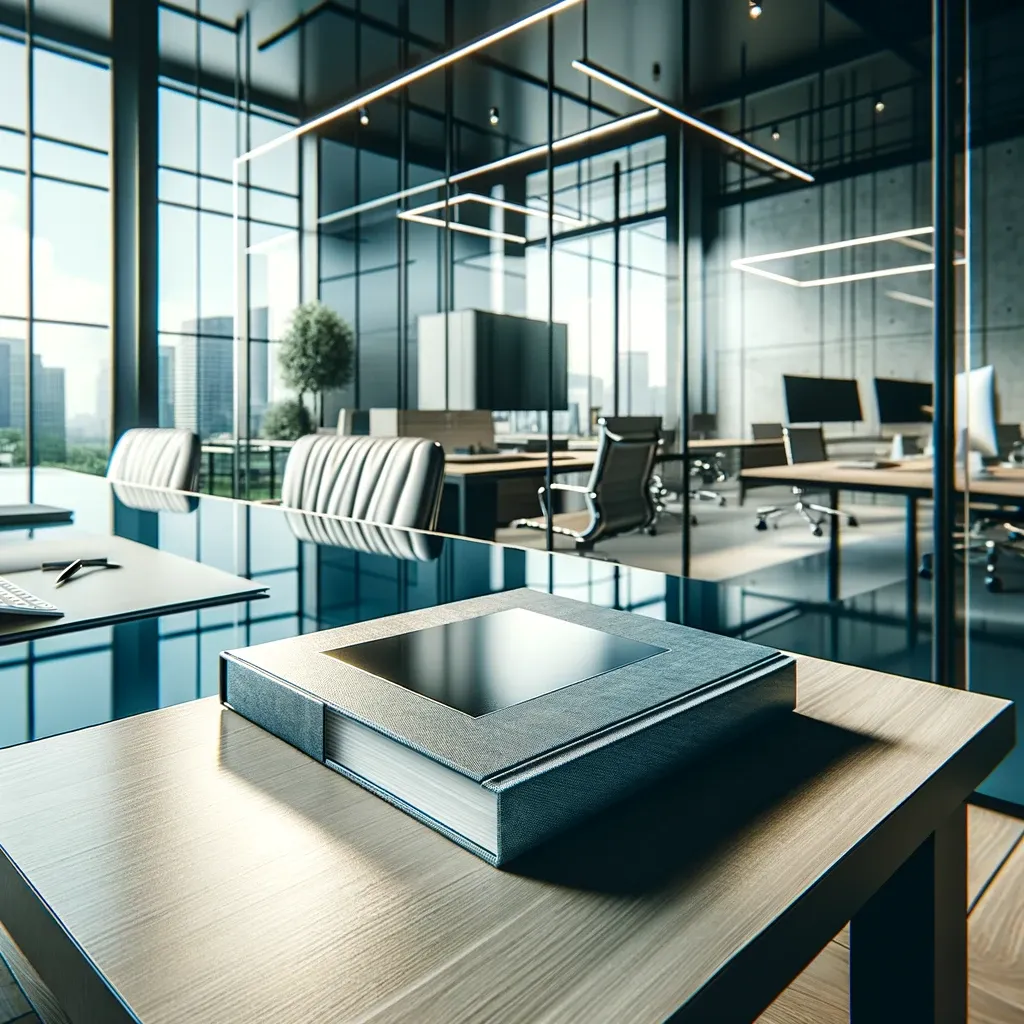WHAT IS A WEBSITE REDESIGN?
The term “website redesign” is now familiar to anyone involved with websites. But what does it really mean? Why should we care about it?
A website redesign isn’t just about changing the colors of old pages. It’s a thorough process of rethinking and reshaping your online presence. It often involves not only visual updates but also functional changes. In the IT world, a website redesign can be compared to updating software. It’s essential to keep it current to meet today’s market demands and trends.
WHY GO FOR A WEBSITE REDESIGN?
Why consider a website redesign in an era where technology changes frequently and competitors constantly find new ways to grab your target audience’s attention? The answer is straightforward: to stay relevant, enhance the user experience, and strengthen your brand online.
• Outdated website.
The internet evolves rapidly. What was relevant a few years ago might look outdated now. It’s not just about trends. Does your website meet modern standards and user requirements?
• Not mobile-friendly.
Hard to use on smartphones? Responsiveness is key! Mobile devices are now the primary traffic source. Without a mobile-optimized site, you’re missing a vast audience. A website redesign ensures your site is accessible and clear for users across all devices.
• Old-fashioned design.
Looks like last century? Time to refresh visual elements. A modern, fresh design doesn’t only capture attention; it enhances brand perception. A professionally revamped design can be a powerful tool to attract and retain customers.
• Content is outdated.
Old content? Time for an update. Outdated content doesn’t offer value to visitors and might distort your company’s image. Regularly updating information and producing valuable content is key to successful communication with your audience.
• Obsolete site structure.
Navigational chaos? Rethinking the layout is crucial. An intuitive and logical website structure makes it easier for users to find the information they need. A redesign focused on improved navigation enhances user experience.
• Functionality doesn't match needs.
Stuck in the past? Upgrade the features. Meeting current needs is essential for user satisfaction. A website redesign allows for the integration of new technologies, making your site more efficient.
• Lack of SEO optimization.
Nowhere to be seen? SEO optimization is a must! If your site isn’t search engine optimized, you’re losing potential customers. A redesign emphasizing SEO will not only boost your site’s search engine rankings but also improve traffic quality.
TYPES OF WEBSITE REDESIGN
Website redesign is a crucial tool for website owners and IT professionals. However, it’s essential to understand that not all redesigns are the same. Let’s dive into the primary types of website redesign and uncover their specific features and benefits.
• Full website redesign
A full website redesign means a complete overhaul of the site. It touches upon its visual, technical, and functional aspects. It’s not just about changing colors or fonts; it involves reworking the structure, navigation, user interface, and SEO optimization.
• Visual website redesign
Visual redesign focuses primarily on the site’s appearance. The goal is to make the website look modern and appealing, ensuring it aligns with current design trends. This might include updating colors, fonts, images, and styles while maintaining the site’s current structure and functionality.
• Technical website redesign
A technical redesign is mainly about the “inside” updates. It involves code optimization, improving loading speed, mobile device adaptation, and fixing technical glitches. While often not visible to site visitors, a technical redesign is vital for search engines and the overall stability of the website.
• Functional website redesign
In a functional redesign, the emphasis is on enhancing the user experience. Developers review and optimize how users interact with the site. They might add new features or improve existing ones, all to elevate the convenience and efficiency of using the website.
STAGES OF WEBSITE REDESIGN
• Analysis and planning
Before making any changes, it’s crucial to thoroughly analyze the current website. Identify its strengths and weaknesses. During the planning stage, set the main goals for the website redesign. Define the target audience and develop a growth strategy.
• Design and development
The next step is crafting the new design concept. Webpage layouts are created, color schemes and fonts are chosen, and the site’s structure is defined. Once the design concept is approved, developers start the technical implementation.
• SEO optimization
Optimizing for search engines is a critical stage. It’s best to do it alongside other phases of the redesign. Focus on keywords, meta tags, image optimization, improving user experience, and creating SEO-friendly content. Also, don’t forget about the technical side of SEO: page loading speed, mobile responsiveness, and secure connections.
• Testing
The testing phase is just as important as the design creation. Here, every site element is checked for errors. Technical glitches are fixed, and the site’s usability and performance are analyzed.
• Launch and review
After launching the new site, it’s vital to continue working on it. Actively analyze data, collect user feedback. Ongoing optimization will help your website stay relevant and productive.
• Regular updates
Technologies and trends keep changing. Constantly monitoring updates and making regular changes ensure your website remains competitive. It’ll meet user expectations.
WEBSITE REDESIGN OUTCOMES
• Modern design
A refreshed website gives your brand a fresh and modern look. It will set you apart from competitors and attract new clients. First impressions matter a lot. With a stylish design, you’re sure to grab the visitors’ attention.
• Boosted sales
A clear, user-friendly, and intuitive interface simplifies the customer’s journey from their first visit to making a purchase. This enhances conversion rates and overall website effectiveness.
• SEO advantages
Technically updating your website has positive SEO implications. It boosts loading speeds and mobile responsiveness. Code optimization results in improved site visits, and search engines will favor your site, enhancing its search rankings.
• Enhanced user experience
Website redesign aims to maximize user comfort and convenience. Not only does this improve user satisfaction, but it also encourages repeat visits.
• Trend adaptation
The world of web design is ever-changing. A modern website redesign allows for adapting to current trends and technologies, ensuring your project remains relevant and up-to-date.
• Increased loyalty
By showing clients that you care about your website and are making improvements for their convenience, you boost loyalty. This creates a positive impression of your brand.
Conclusion
A website redesign is an investment in the future. It’s not just a visual refresh. It’s an opportunity to rethink and enhance your engagement with your audience, to strengthen your market position. It lays a solid foundation for the continued growth and evolution of your business in the digital realm. Embrace the best of current web design trends and technologies, all to ensure your site not only meets visitor expectations but surpasses them! With the right strategies and approaches, your website redesign will undoubtedly yield results.
Your metrics will improve, and you’ll see more satisfied customers! Sitedesign всегда на связи и поможет вам.



















